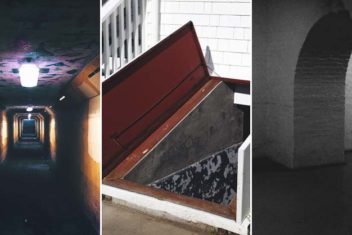Have you ever heard the term bugging-in?
When I became interested in prepping, the term ‘bugging-out’ was well-known, but the term ‘bugging-in’ is relatively new to some.
I’m going to share with you the art of bugging-in. It’s important to understand what it is, how to prepare, what you’ll need to successfully bug-in, and the reasons why you should consider bugging-in.
Plus, it’s important to understand how bugging-in and bugging-out work together. Many people feel it’s one way or the other.
In reality, they both can help you survive in a dire situation. Here’s what you should know about bugging-in:
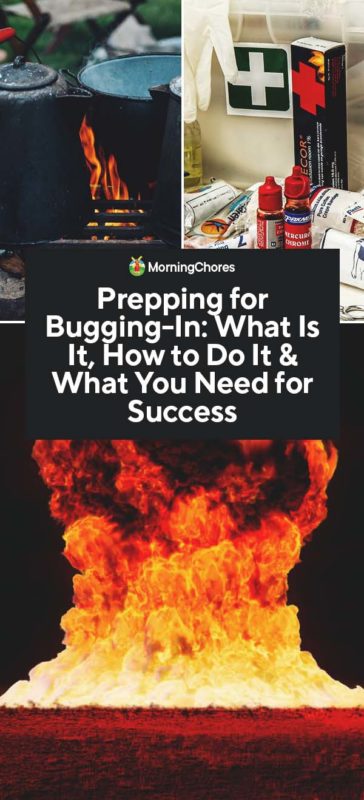
What Is Bugging-In?
Bugging-in is when you choose to stay in a safe and familiar location when an emergency happens. The alternative is bugging-out.
Bugging-out is when you choose to flee an area in an emergency to reach a safe location off the beaten path and wait out the emergency.
Most people would choose to bug-in within their home because it’s familiar to them. The idea is to have all you need stored in your home (or another safe location) to sustain yourself and your loved ones until the emergency has ended or stabilized.
When Should I Bug-In vs. Bug-Out?
Most people assume bugging-out is your only solution when tragedy strikes. This isn’t the case in many situations.
You have the option to stay put right where you’re at or to make it home to your safe bug-in location. Some examples why you might want to bug-in instead of bug-out are:
- Bombings
- Shootings
- Earthquakes
- Issues involving HAZMAT
- No power
- Bio attacks
- Nuclear or chemical attacks
If bombs are dropping, you shouldn’t be hiking or driving towards the woods. If a crazed shooter is on the loose, you don’t need to be out and about.
When natural disasters are happening, it’s better to stay put for safety reasons. Lastly, it may sound odd to not bug-out during a nuclear or chemical attack.
You may need to bug-out later, but in the early stages, it may be better to have a back-up plan to bug-in incase you can’t reach your safe place outside of your home.
If you choose to
The Pros of Bugging-In
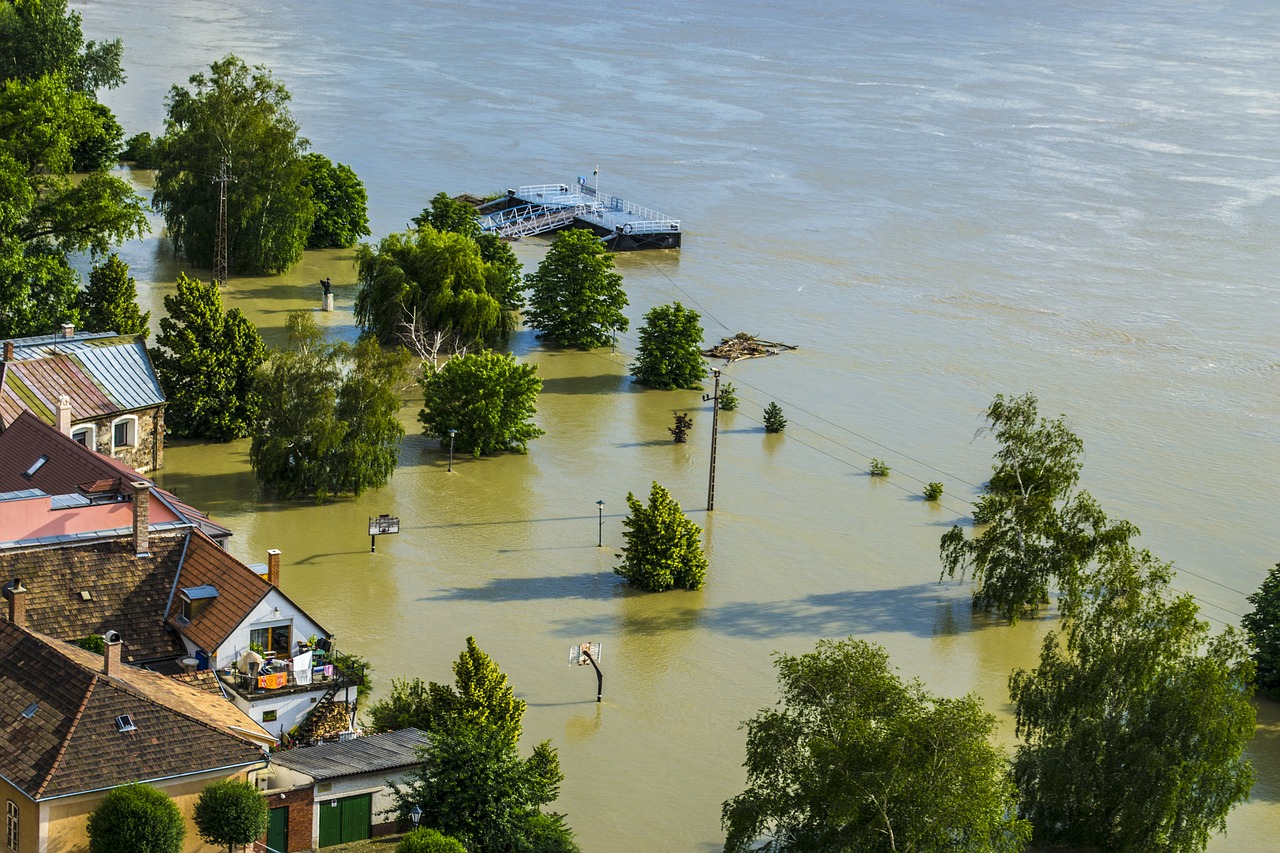
There are many positives to bugging-in instead of bugging-out. Be sure to consider them all before you mark bugging-in off your list of possibilities:
1. It’s the Safer Route
When disaster hits, the last thing you want to be doing is heading out the door on foot or in a vehicle. There are instances where this is your only safe option.
But be sure you have a bug-in plan because it could be safer. Instead of being exposed to whatever disaster is outdoors, you could have a safe shelter all ready to go right where you are.
For this reason alone, it makes bugging-in your safer option for many emergency scenarios.
2. More Practical
Bugging-in is practical move when facing a disaster. Bugging-out requires you take as little survival gear as possible to avoid being weighed down.
With bugging-out, you will head out the door, onto a path either by foot or car and find a place you hope to stay safely, while you wait for the coast to clear.
Where if you bug-in, you have all you need with you. You don’t have to go anywhere, and you know what supplies are available to you at all times.
Not only is bugging-in safer, but in reality, it could be the most practical route too for many of the same reasons.
3. Comfort and Familiarity Can Help
Are you more comfortable in a vacation home or your own home? Though the vacation home may be nicer, we all prefer to sleep in our own bed.
Bugging-in is no different. It helps to be surviving a disaster or emergency where you are most comfortable and familiar.
If you have a safety issue, you’re more likely to notice when something has changed in a familiar area instead of an area you’re only beginning to get to know.
4. Community is Key
Another great reason to consider bugging-in is because you know your neighbors. In most cases, you and those neighbors will share similar views and work together to survive.
This includes sharing supplies, keeping a look out for each other, and standing together (if need be.) There’s safety in numbers.
Staying where you know the people in the vicinity, can usually be a benefit instead of a liability.
5. Easier to Keep It Together
Do you and your family have a plan in case disaster strikes? In most scenarios the plan is to go home to meet up.
If you plan on bugging-in, this plan will still work. Tell everyone to meet at home and take your plan from there.
There isn’t any issue with everyone having to travel from different locations to a remote bug-out location. Bugging-in simplifies this for you.
6. Easier to Prepare
As mentioned above, when you bug-out you must carry as little supplies as possible and try to discretely stock your planned safety den before the disaster.
If your plan is to bug-in, you should be able to stock your home to the brim with any and all items you might need to survive.
This is an easier plan and one which is more subtle too.
What Do I Need to Bug-In?
Bugging-in isn’t hard to do. You must have a few key items to give yourself the greatest chance of success. Here’s what you need to bug-in:
1. Shelter
To bug-in successfully you must have a sturdy shelter. This could be your house, but it’s also good to know where you are likely to be in your house to be the safest, be it a basement, or perhaps a sturdy storage container on your property.
If your home were to be damaged, where else could you go on your property to still be able to stay put and access all the supplies you have on hand? Knowing this will help you put your plan in action quickly.
2. Food
If you’re going to survive an emergency, you must have a way to feed yourself and anyone else that will be with you.
Therefore, make sure you store plenty of non-perishable food items. You can preserve foods yourself or buy them.
3. Water
As important as food is, you must have water for drinking. It’s vital for you to be able to survive. You can only go for three days without it.
Whether you choose to store water in containers, purchase prepackaged bottles of water, or if you know you have a viable water source, it all will work towards this water goal.
4. First Aid
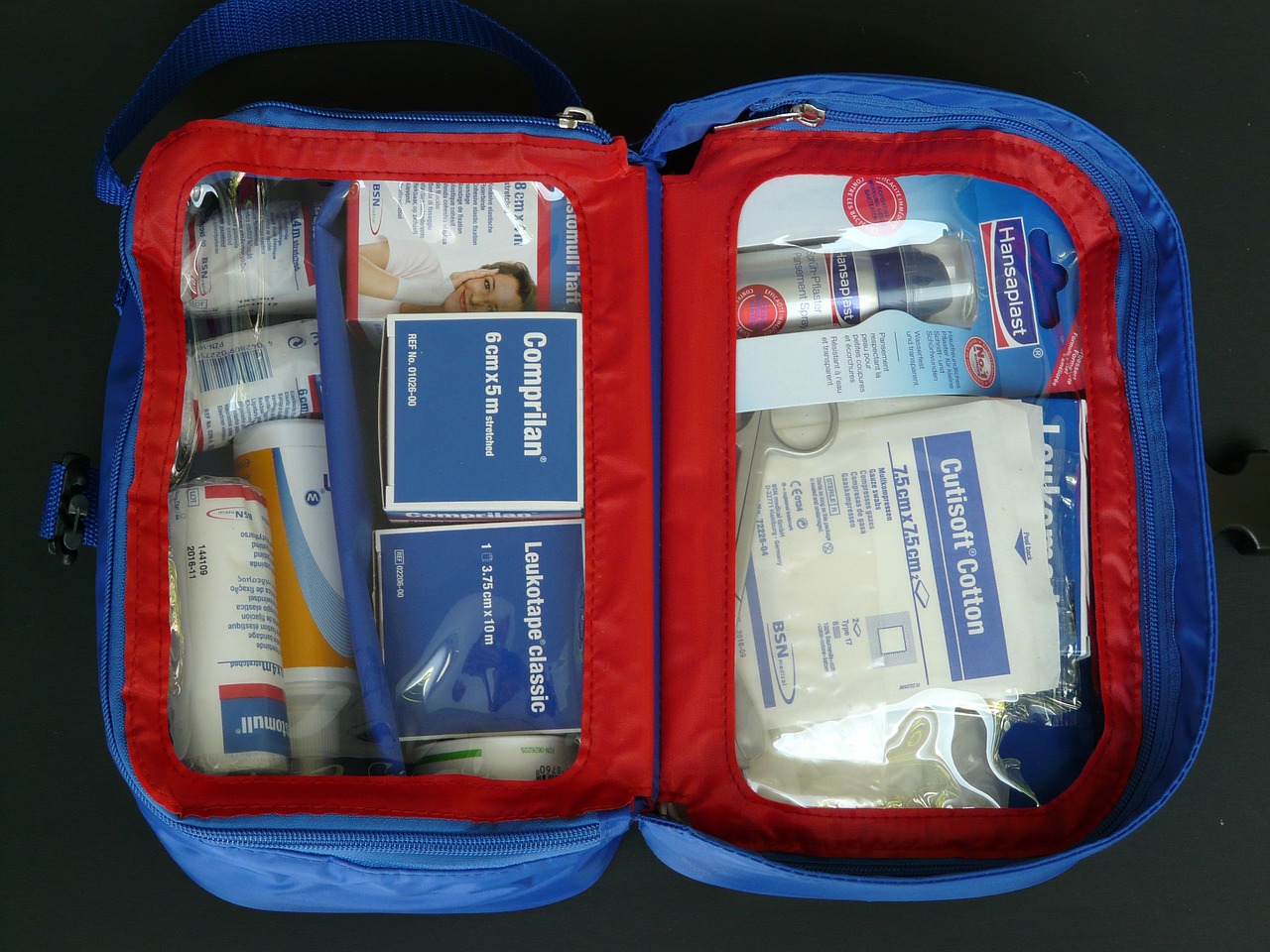
No one likes to dwell on worst-case scenarios, but in the event of a tragedy, people you love could get hurt.
Be prepared for this by having a First Aid Kit on hand and knowing how to utilize each item in the kit to give everyone the
5. Cooking Source
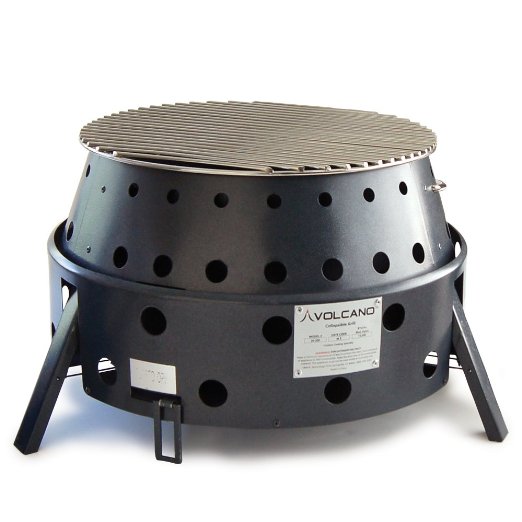
If you’re going to be bugging-in, it’s important to have an alternative way to
This could be cooking over an open fire, cooking on a wood stove, a rocket stove, or even cooking on a gas grill. Be sure you have an off-grid method to prepare your food.
6. Heat Source
Nights can get cold no matter where you live, and there’s no set season as to when tragedy can strike. If it hits in the middle of winter, you must stay warm.
Therefore, find an off-grid way to create warmth. A wood stove is a great way to stay warm and will put off a tremendous amount of heat.
Stock up on wood as well to have that available, no matter the season.
7. Protection
If someone showed up to your property and began opening fire on you and your loved ones or desired to bring harm to you, how would you defend yourself?
It’s important to have your answer prepared and be thoroughly educated on how to use your weapon of choice.
8. Means of Communication
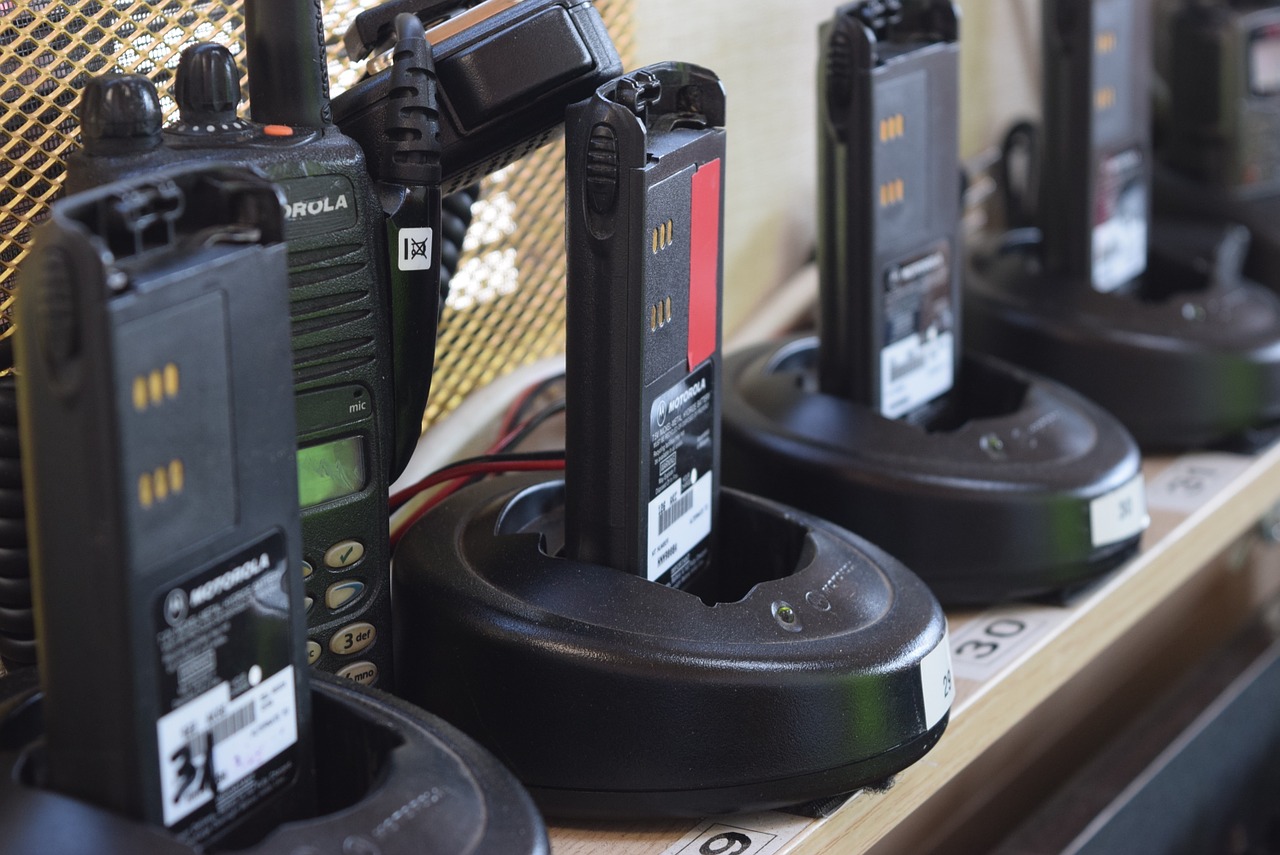
A sad reality many were forced to deal with during September 11, 2001 was not being able to communicate with their family members and friends.
The lines were jammed, and people had to wait in agony to hear whether their loved ones survived. Consider this ahead of time and come up with a way you and your loved ones can stay in communication in an emergency.
9. A Plan
It does you no good to prepare if you don’t have a plan. You can have all the food, heat, and water in the world, but if you don’t know where to go or what to do in an emergency, it won’t matter.
You may not make it far enough into the survival process to need what you’ve stored. Have a plan, communicate the plan with loved ones, and be ready to put it into action when necessary.
10. A Means to Wash
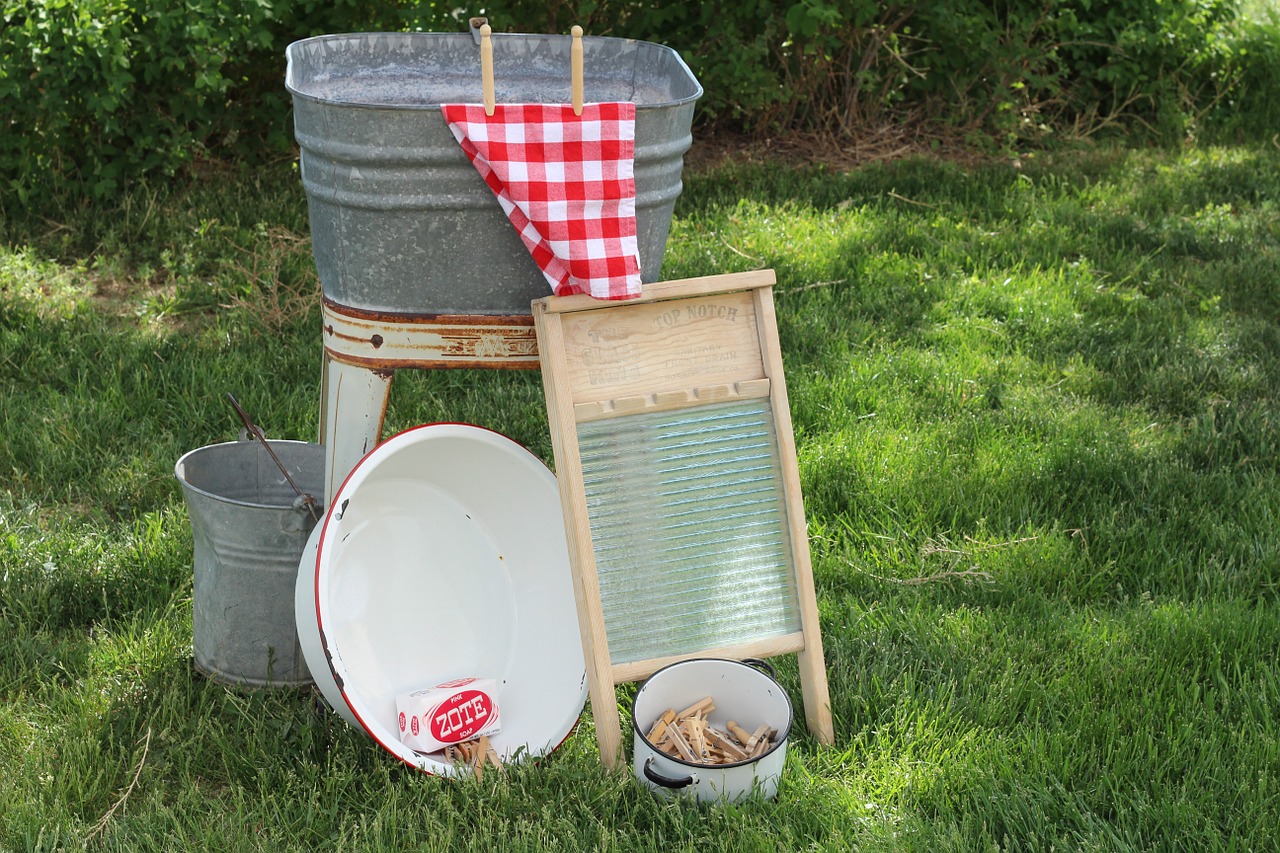
You may be under the impression if you have food, water, and shelter you’re good to go. This is true for the first few days, but what about when your clothes begin to smell?
It’s important to have an off-grid method of washing your clothes and be ready to use it. It will help you stay clean and keep morale high.
11. Sanitation Supplies
We all go to the bathroom. It’s a natural part of life, but when you’re living off-grid in a bug-in situation things may not be as easy as they once were.
You must consider where you’ll go to the restroom and how you’ll handle the waste you create. Otherwise you could have an unsanitary disaster on your hands.
12. Supplies to Get Home
If I have a fear about a disaster striking, this would be it: my entire family not being together. You may not be with your family when emergency hits. You may be at work.
Therefore, it’s important you keep a survival kit in your car to help you get home to your family and bug-in together.
13. When to Know the Difference
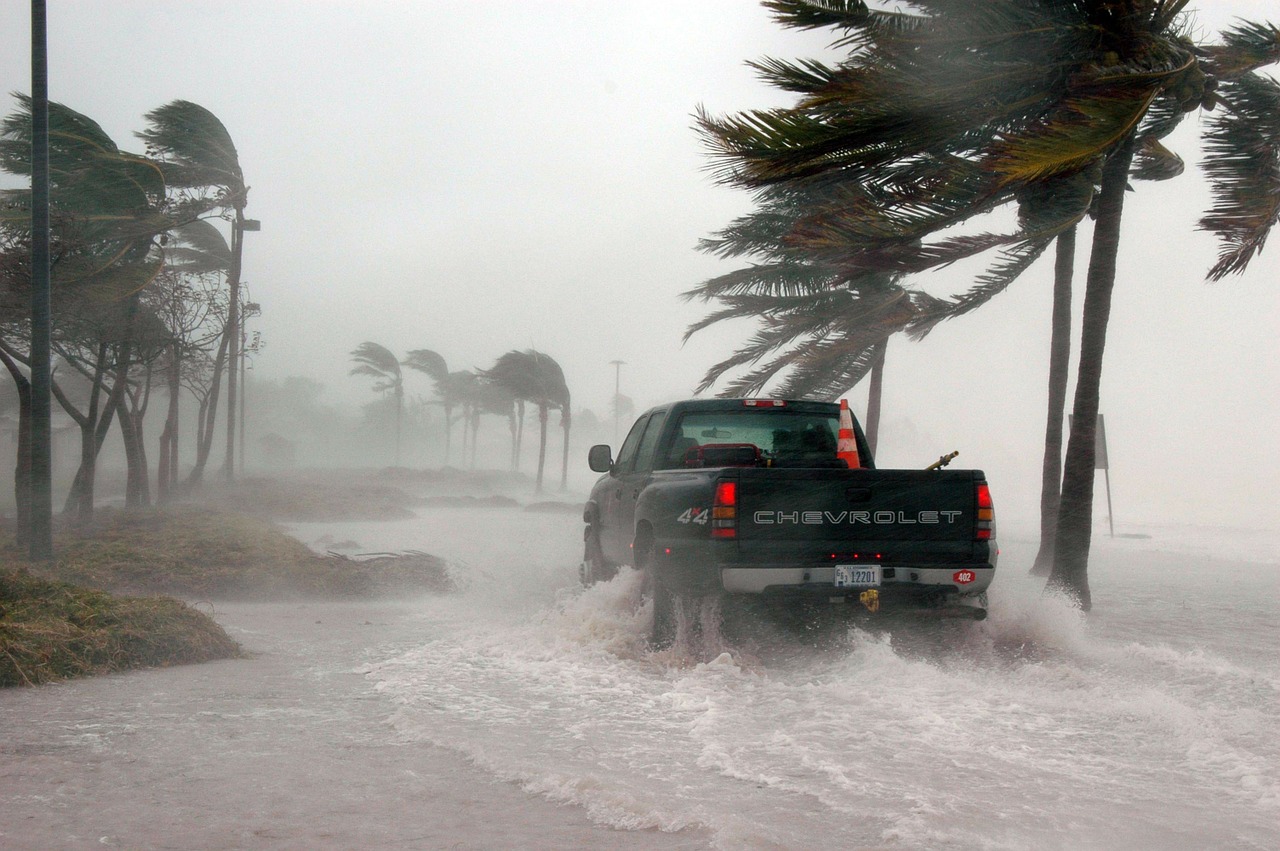
There’s a time to bug-in and a time to bug-out. Your survival may depend upon you knowing the difference as to which is appropriate.
If you’re in a nuclear attack, it may be better to bug-in originally and bug-out at a later time. If you’re in a natural disaster, you may be forced to bug-in until everything is safe to venture out. Use common sense as to which method is best under which circumstances.
How Long Should I Prepare to Bug-In?
Bugging-in could be a viable option in many dangerous situations. If you’re beginning to prepare, you may be wondering how long you should be preparing for.
Some people say to only prepare to be stuck in your home for approximately three days. I’m going to respectfully disagree.
If you’re in a dangerous situation, it can sometimes take weeks to get things under control. When examining natural disasters alone, electricity can be out for weeks at a time.
Therefore, it’s a good idea to gather enough supplies to sustain you and your loved ones for an average of three weeks.
It’s better to be overprepared than under, and I’m not sure anyone would disagree with this statement.
You now have the 4-1-1 on how to bug-in successfully and what you should be working towards to be prepared to execute your bug-in plan.
Hopefully, you won’t need this information in your lifetime, but rather be prepared, have a plan, and even though you can’t predict tragedy, being ill-prepared is dire for you and your family.












